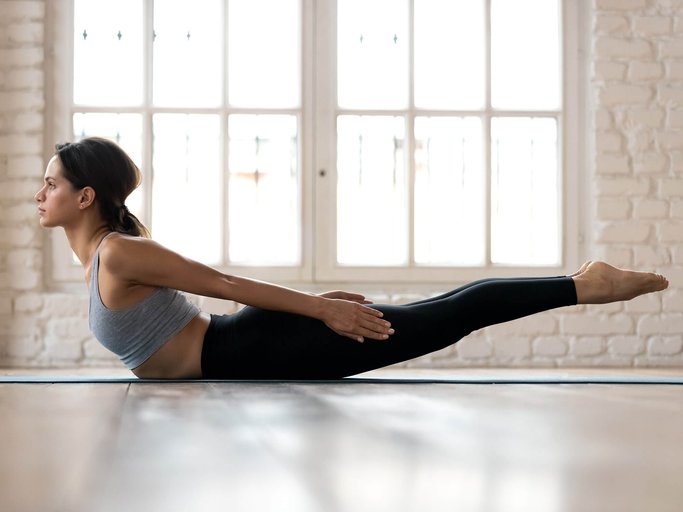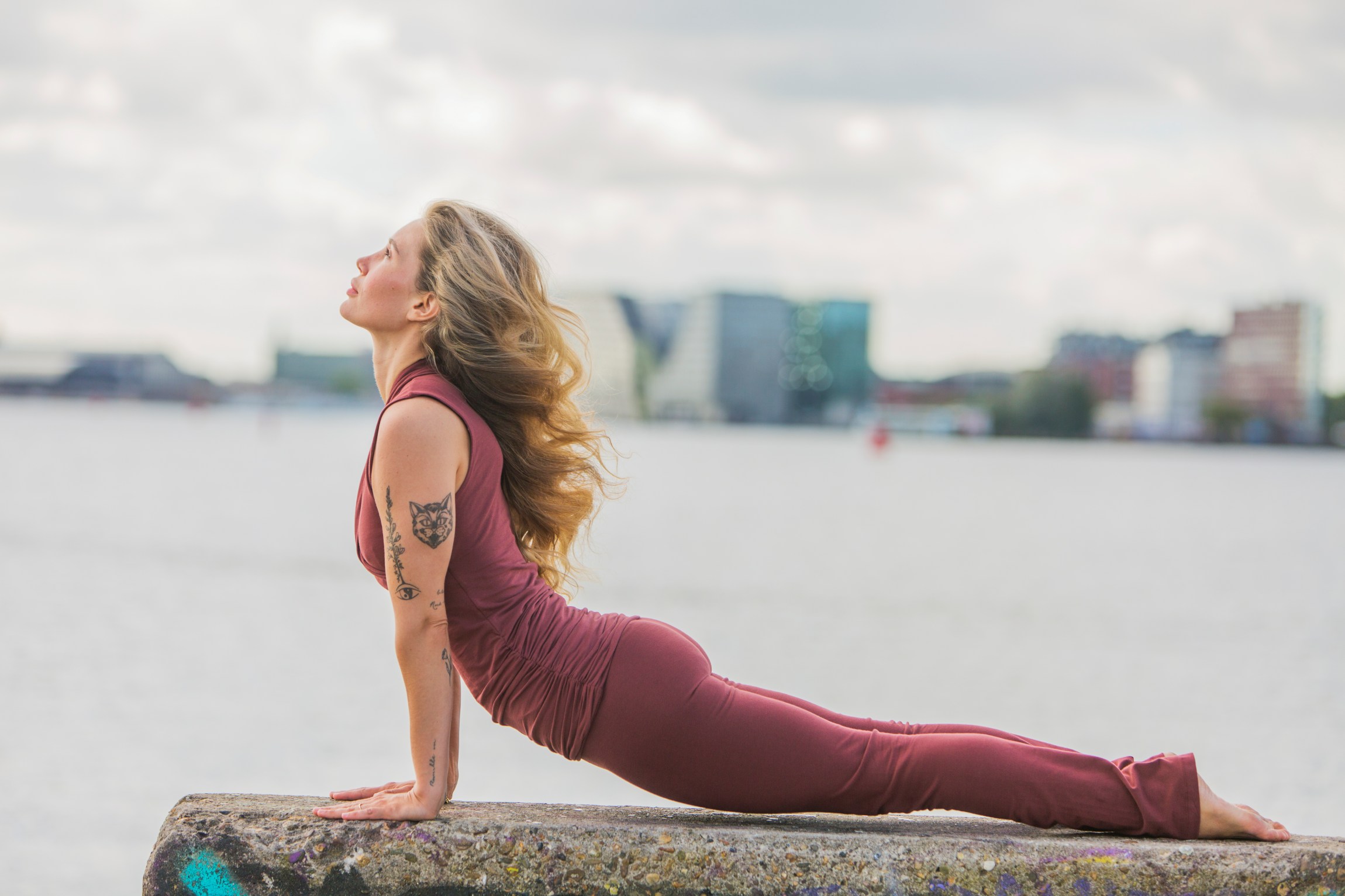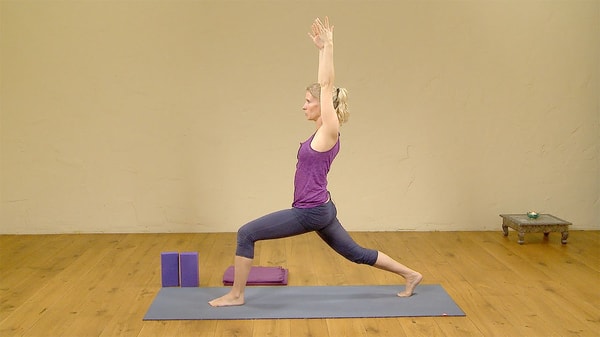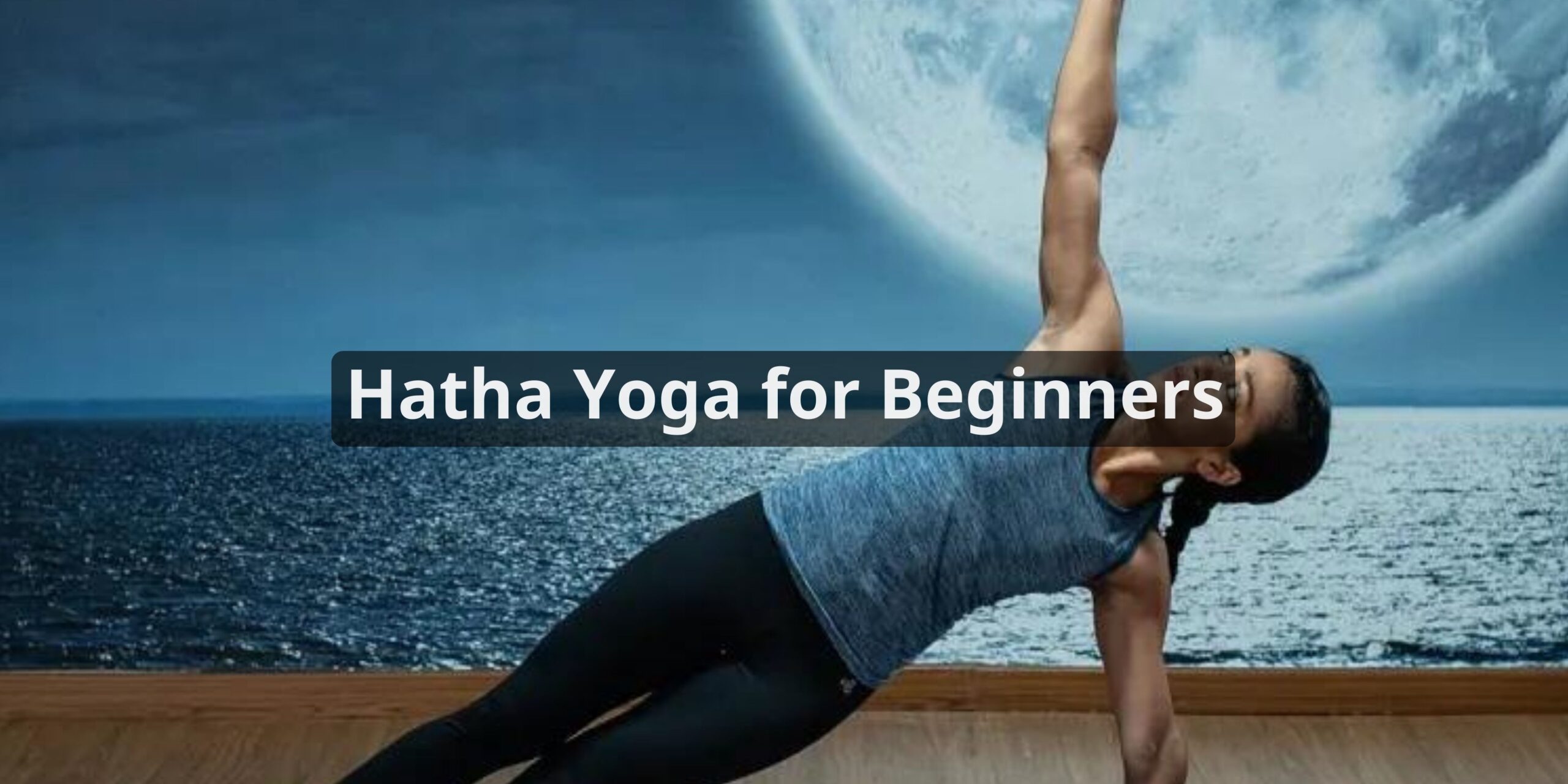Hatha yoga is one of the most popular styles of yoga practiced around the world today. It focuses on physical postures and breathing techniques to promote strength, flexibility, balance, and overall wellbeing. Hatha yoga is an excellent choice for beginners looking to establish a regular yoga practice. In this comprehensive guide, we will explore everything you need to know to get started with hatha yoga for beginners.
What is Hatha Yoga?

Hatha yoga refers to the physical branch of yoga that emphasizes asanas (postures) and pranayama (breath control). The word “hatha” comes from the Sanskrit terms “ha” meaning “sun” and “tha” meaning “moon.” These represent the masculine and feminine energies brought into balance through the practice. Hatha yoga aims to align and calm your body, mind, and spirit using physical postures, breathing techniques, and meditation.
Hatha yoga classes tend to be slower paced and focus on proper alignment in the poses. The asanas are held for longer periods than in other vigorous styles like Vinyasa or Ashtanga yoga. The slower pace makes hatha yoga ideal for beginners learning the foundational asanas and for those seeking deep relaxation in their practice. Along with the physical asanas, hatha yoga uses pranayama breathing exercises and guided meditation to calm the mind.
Benefits of Hatha Yoga
- Improves flexibility and range of motion
- Builds strength and muscle tone
- Develops body awareness and alignment
- Relieves stress and anxiety
- Lowers blood pressure and heart rate
- Releases chronic tension and pain
- Calms and focuses the mind
- Promotes relaxation and sleep quality
- Boosts energy levels and reduces fatigue
- Supports weight loss and metabolic health
- Enhances posture and balance
- Connects the mind, body, and spirit
The combination of physical postures, breathing techniques, and meditation makes hatha yoga uniquely beneficial for both the body and mind. The slow-paced style is gentle enough for those new to yoga while still providing a complete mind-body workout.
Hatha Yoga Poses for Beginners

Hatha yoga classes offer a balanced sequence of foundational asanas suitable for beginners. Here are some of the most common hatha yoga poses to become familiar with:
Standing Poses
- Mountain Pose (Tadasana)
- Tree Pose (Vrksasana)
- Warrior I Pose (Virabhadrasana I)
- Warrior II Pose (Virabhadrasana II)
- Triangle Pose (Trikonasana)
Standing poses build lower body strength, balance, and focus. Mountain pose grounds you in proper alignment before attempting more advanced balances like Tree. The Warrior poses open the hips, stretch the legs and torso, and develop strength. Triangle pose stretches the legs, hips, and spine laterally.
Seated Poses
- Easy Pose (Sukhasana)
- Thunderbolt Pose (Vajrasana)
- Staff Pose (Dandasana)
- Bound Angle Pose (Baddha Konasana)
- Seated Forward Bend (Paschimottanasana)
Seated poses stretch the hips, groin, and back muscles gently. Postures like Easy pose and Thunderbolt are simple crosses leg positions ideal for meditation. Staff pose lengthens the spine and bound angle opens the hips. Seated forward bend enhances flexibility of the back and hamstrings.
Prone Poses
- Cobra Pose (Bhujangasana)
- Locust Pose (Salabhasana)
- Bow Pose (Dhanurasana)
- Child’s Pose (Balasana)
Prone poses stretch the shoulders, chest, abdomen, and quadriceps while strengthening the back. Cobra and Locust poses arch the back gently. Bow pose opens the front of the body fully. Child’s pose provides a resting posture between active backbends.
Supine Poses
- Reclined Bound Angle (Supta Baddha Konasana)
- Knees to Chest (Apanasana)
- Reclining Hand to Big Toe Pose (Supta Padangusthasana)
- Bridge Pose (Setu Bandhasana)
- Legs Up the Wall (Viparita Karani)
Supine poses relax the body and mind while increasing flexibility and reducing fatigue. Reclined bound angle and knee to chest stretch the inner thighs and hips. Hand to big toe pose enhances hamstring length. Bridge pose strengthens the back, opens the chest and stretches the spine. Legs up the wall allows circulation to flow easily and reverses the effects of gravity.
Inverted Poses
- Downward Facing Dog (Adho Mukha Svanasana)
- Dolphin Plank (Makarasana)
- Supported Shoulderstand (Salamba Sarvangasana)
Beginner-friendly inverted poses are excellent for building upper body and core strength. Downward facing dog is a full body stretch that also prepares you for more challenging inversions. Dolphin plank is like an easier version of shoulderstand with similar benefits. Supported shoulderstand lets beginners experience this powerful pose with less strain on the neck and shoulders.
Beginner Hatha Yoga Sequence
A well-designed hatha yoga sequence for beginners will warm up the body, progress through standing, seated, and lying down postures, and conclude with relaxation. Here is an example sequence:
- Mountain Pose (Tadasana)
- Neck Rolls
- Shoulder Circles
- Cat/Cow Pose
- Downward Facing Dog
- Standing Forward Bend (Uttanasana)
- Standing Forward Fold with Bent Knees
- extended side angle pose (Utthita Parsvakonasana)
- Triangle Pose (Trikonasana)
- Warrior II (Virabhadrasana II)
- Wide-legged forward bend (Prasarita Padottanasana)
- Tree Pose (Vrksasana)
- Mountain Pose (Tadasana)
- Seated Meditation
- Thunderbolt Pose (Vajrasana)
- Cat/Cow Pose on all fours
- Child’s Pose (Balasana)
- Cobra Pose (Bhujangasana)
- Downward Facing Dog
- Reclined Big Toe Pose (Supta Padangusthasana)
- Reclined Bound Angle (Supta Baddha Konasana)
- Bridge Pose (Setu Bandha Sarvangasana)
- Knees to Chest (Apanasana)
- Legs up the Wall (Viparita Karani)
- Savasana (Corpse Pose)
This sequence moves through standing poses to build heat and strength, seated poses to improve flexibility, prone and supine poses to stretch deeper, and concludes with restorative inversions and Savasana. The entire sequence should take 45-60 minutes. Be sure to focus on your breathing throughout each posture.
Beginner Hatha Yoga Tips

Here are some helpful tips to get the most out of your beginner hatha yoga practice:
- Attend beginner-friendly hatha yoga classes to learn proper alignment and techniques. Avoid hot, fast-paced classes initially.
- Listen to your body and don’t push too hard into any pose. Ease out of a pose if you feel pain or discomfort.
- Use props like blocks and straps to assist you in poses. They allow you to reap the benefits of poses while avoiding injury.
- Avoid competing with others. Go at your own pace and honor what your body needs each practice.
- Focus on steady, calm breathing, especially as you hold poses. Deep breathing enhances the benefits.
- Follow the sequence, don’t hop around. The order is designed to warm up and progress safely.
- Keep trying! Don’t get frustrated if you can’t do a pose. With regular practice it will come in time.
Starting a hatha yoga practice is straightforward and rewarding. Take beginner classes to build your foundation, be patient with yourself, and aim for consistency. Let the breath and poses calm your mind, increase your flexibility, and cultivate stillness. Over time you will notice the incredible benefits a hatha yoga practice can provide.
FAQs About Hatha Yoga for Beginners
Are there specific poses or sequences that beginners should focus on in Hatha yoga?
Beginners in Hatha yoga should focus on foundational poses like Mountain Pose (Tadasana), Downward-Facing Dog (Adho Mukha Svanasana), and Child’s Pose (Balasana). These poses build strength, flexibility, and body awareness.
How does Hatha yoga benefit beginners in terms of physical and mental well-being?
Hatha yoga offers physical benefits such as improved flexibility, strength, and posture. Mentally, it enhances stress reduction, concentration, and relaxation, promoting an overall sense of well-being.
Is it necessary for beginners to have prior flexibility or fitness before starting Hatha yoga?
No, prior flexibility or fitness is not required for beginners in Hatha yoga. It is designed to accommodate individuals of all fitness levels and gradually improves flexibility and strength over time.
Are there modifications or props available for beginners who may find poses challenging?
Yes, Hatha yoga classes often provide modifications and props like blocks, straps, and bolsters. These assist beginners in achieving proper alignment and making poses more accessible.
How long does it typically take for beginners to see noticeable improvements in Hatha yoga?
The time it takes to see noticeable improvements in Hatha yoga varies among individuals. Regular practice, usually a few times a week, can lead to increased flexibility and strength within a few months. Mental benefits like reduced stress can be experienced sooner.
Can you recommend resources or instructors specializing in Hatha yoga for beginners?
For beginners, consider online platforms like Yoga with Adriene, or seek local yoga studios offering beginner-friendly classes with experienced instructors. Personal recommendations from friends or online reviews can also guide your choice.

